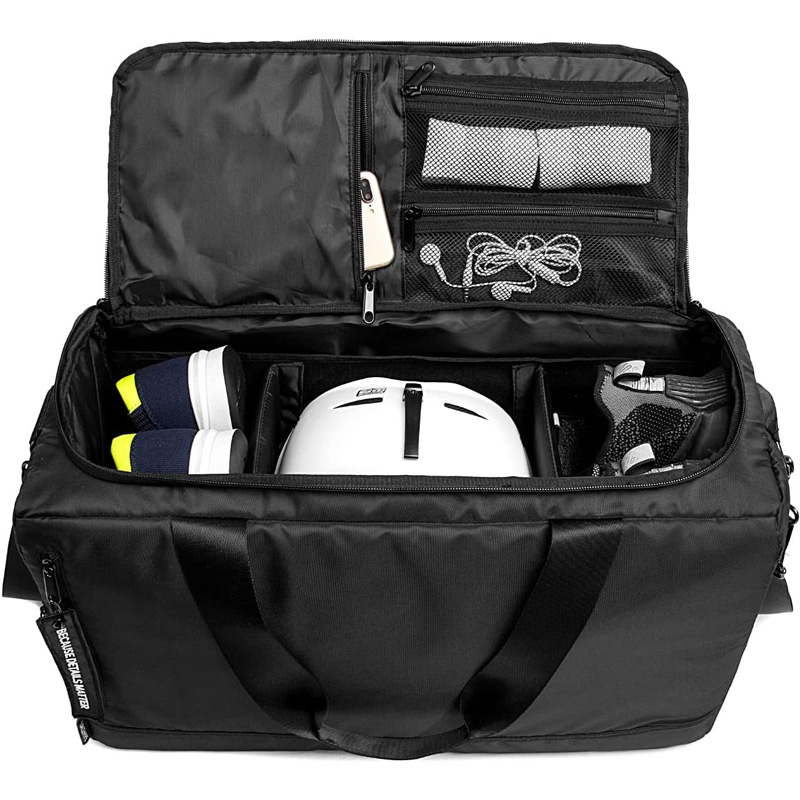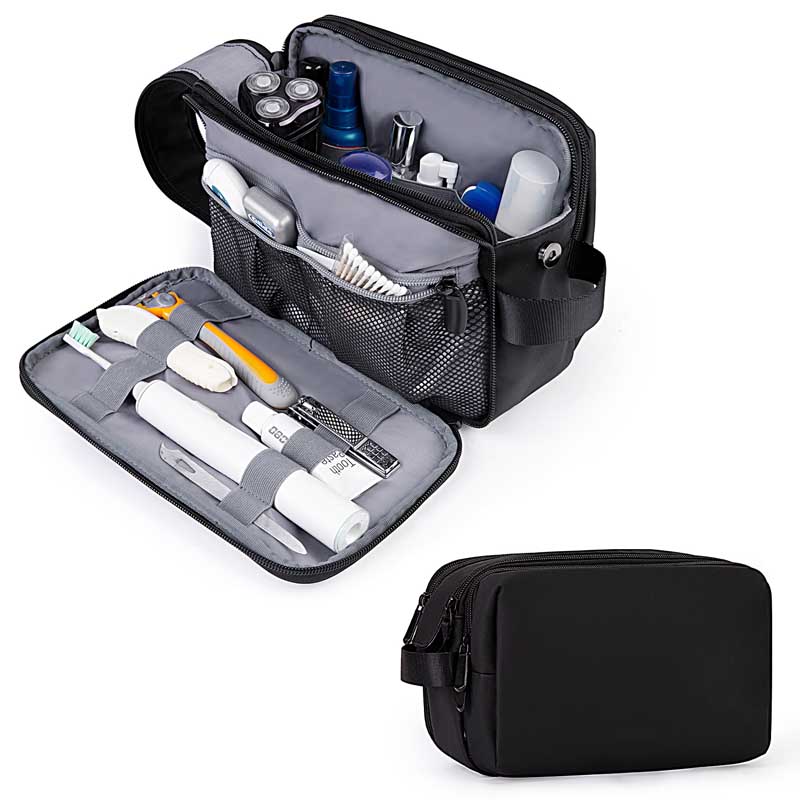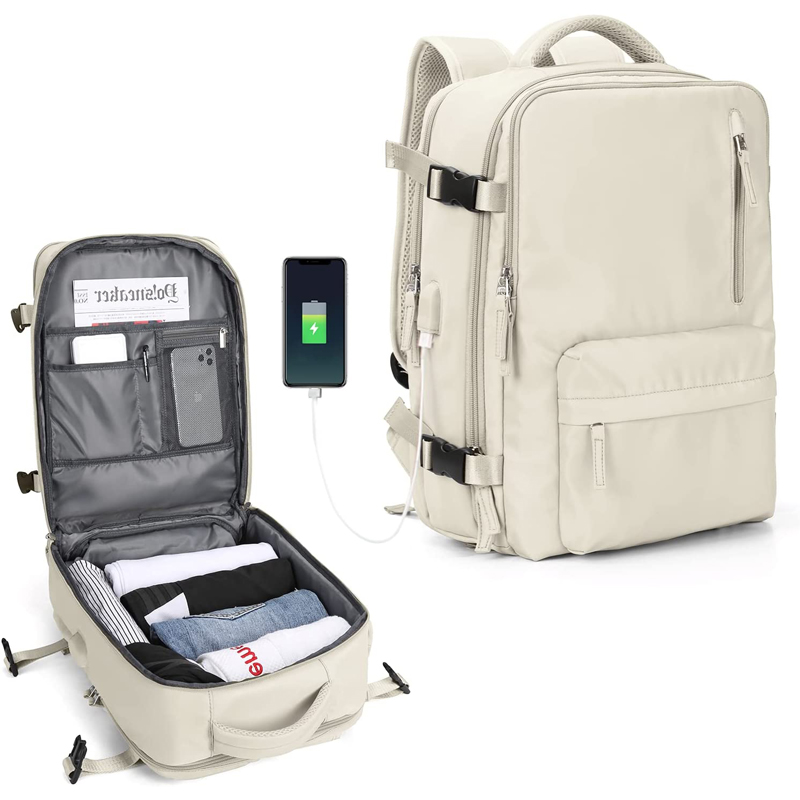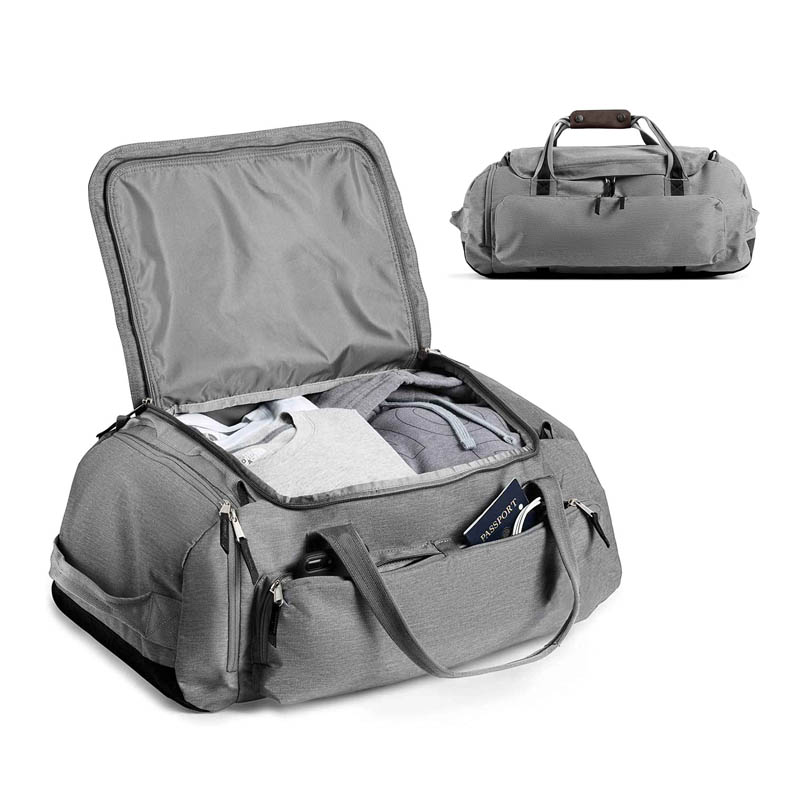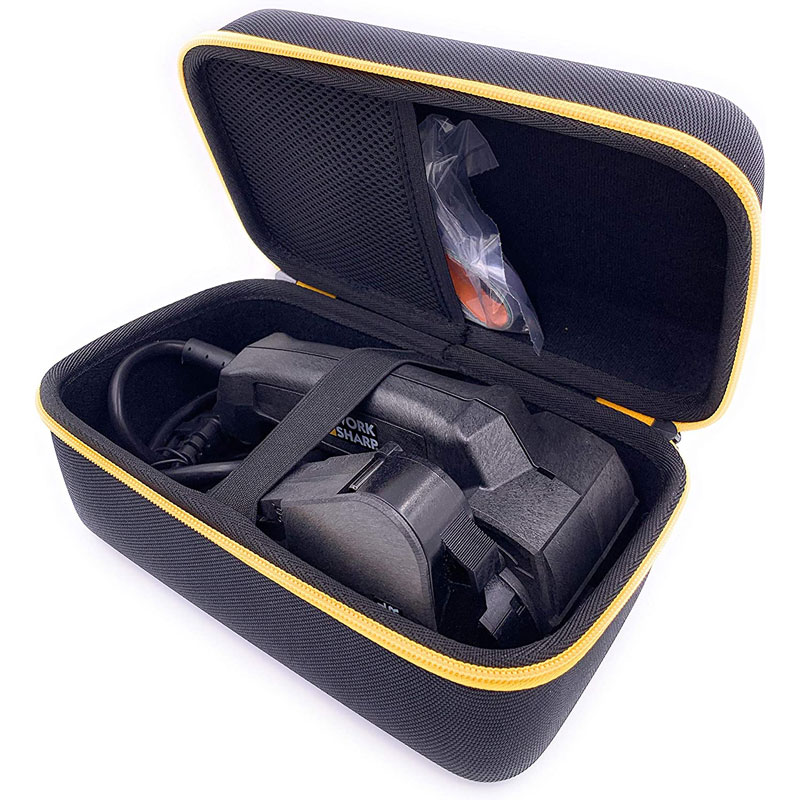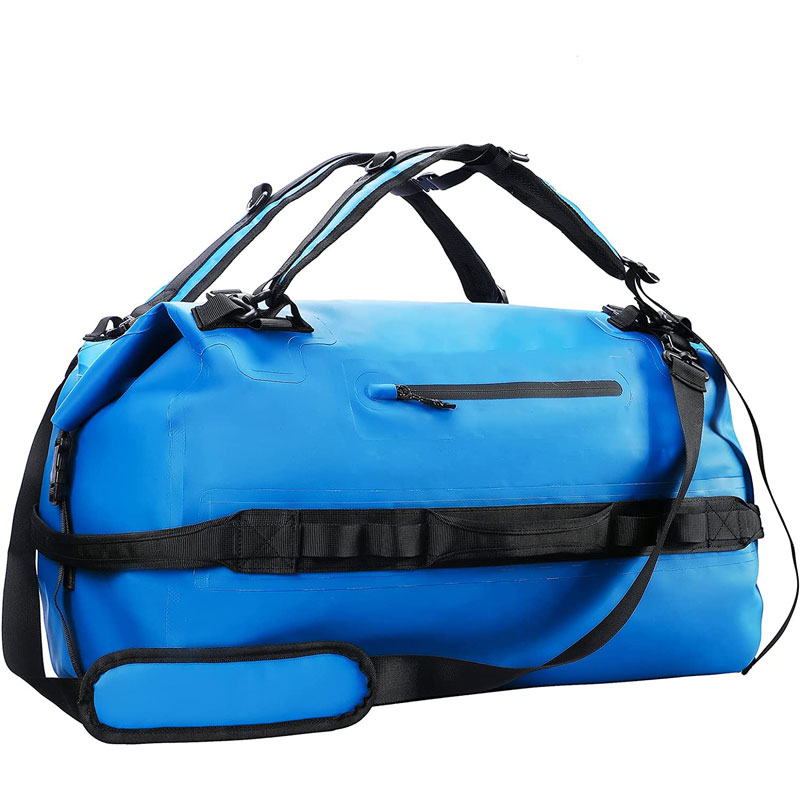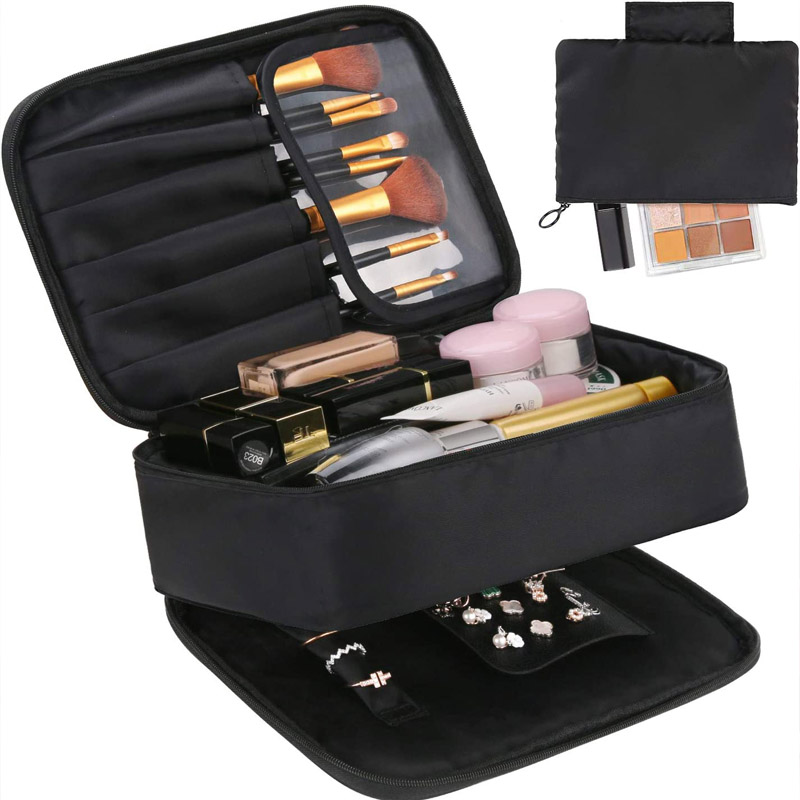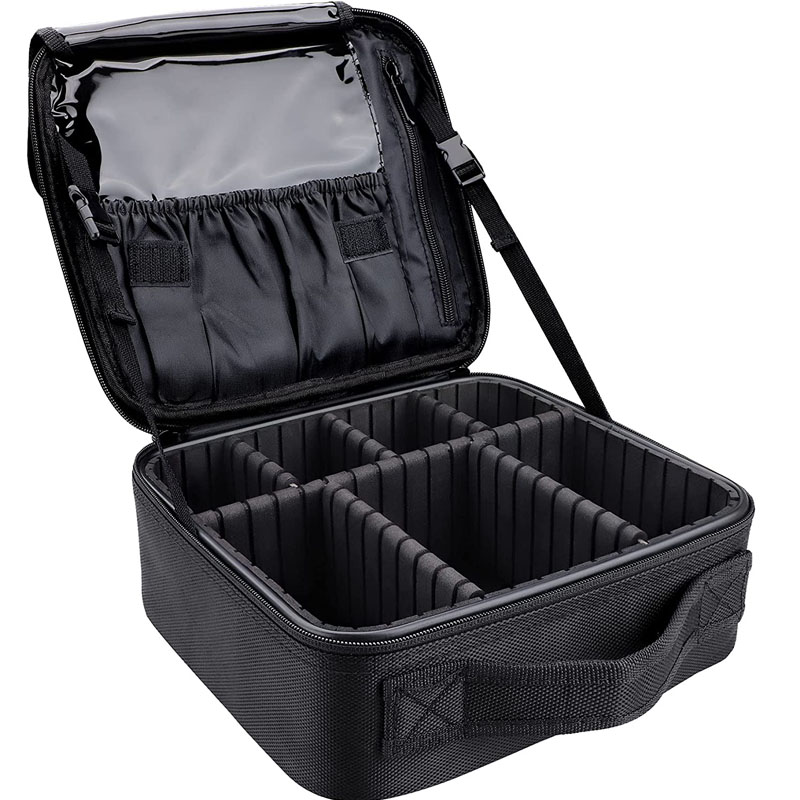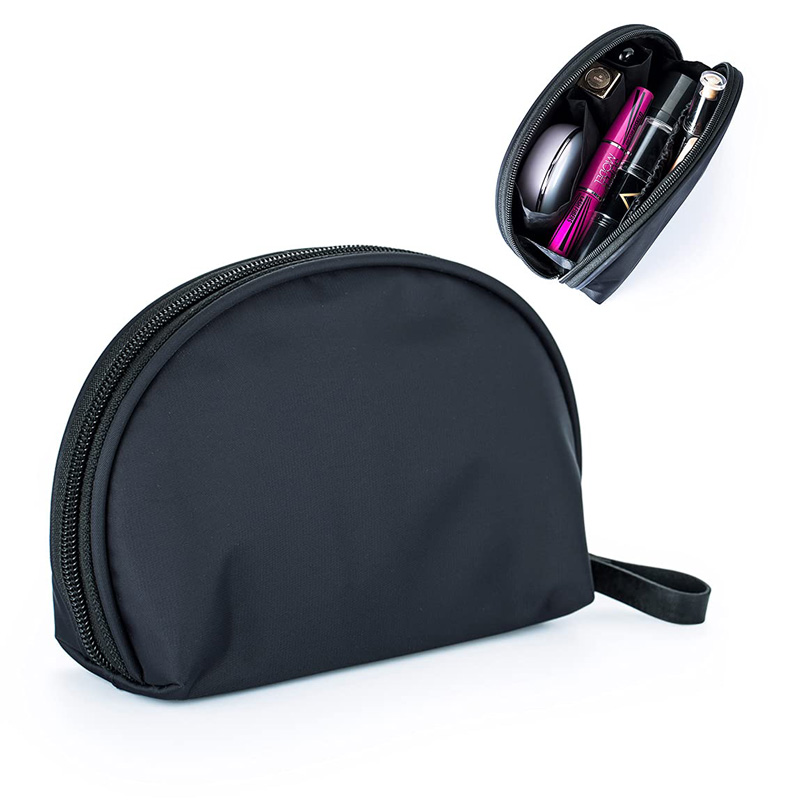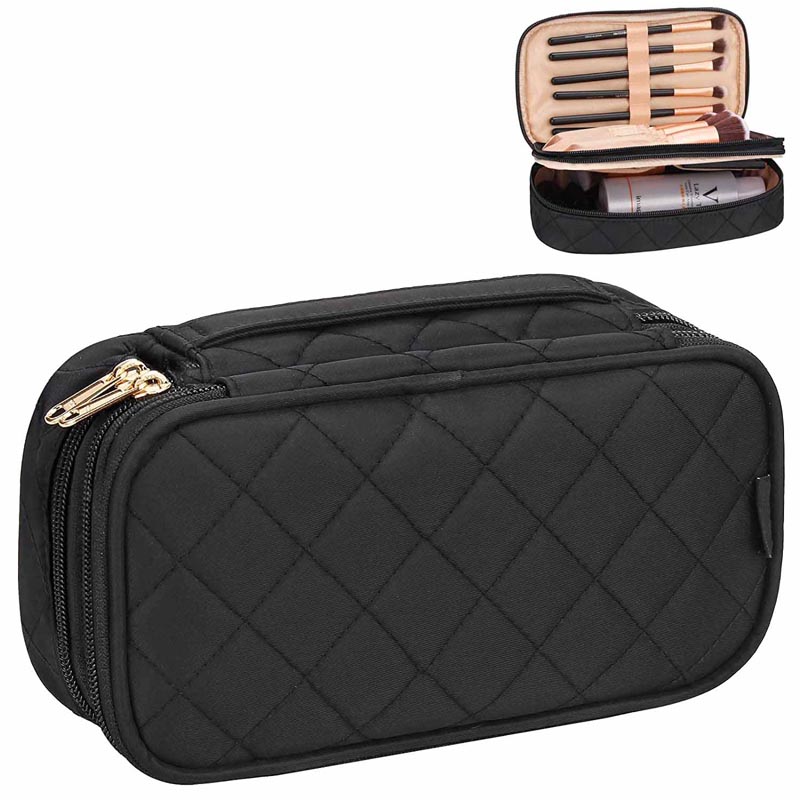The production of a Motorcycle Helmet Backpack is a delicate balance of form, function, and safety. This unique accessory is designed to not only protect the rider's helmet but also to serve as a practical and comfortable backpack for all their travel needs. Here are the critical details to consider when producing this specialized item:
1. Design and Functionality
The design of a Motorcycle Helmet Backpack must be both aesthetically pleasing and highly functional. It should accommodate a variety of helmet sizes and shapes while providing ample space for additional gear. Considerations include easy access to the helmet compartment and additional pockets for organization .
2. Material Selection
The choice of materials is paramount. The backpack should be made from durable, water-resistant, and possibly waterproof fabrics to protect the helmet and contents from the elements. High-quality zippers and seams are essential to ensure the backpack's integrity in various weather conditions .
3. Comfort and Ergonomics
Comfort is key, especially for long rides. The backpack should have well-padded shoulder straps and a back panel to distribute weight evenly and reduce strain. Adjustable straps allow for a customized fit, ensuring the backpack sits securely without restricting movement .
4. Safety Features
Reflective elements should be incorporated into the design for increased visibility during night rides. Additionally, the backpack should be designed to not interfere with the rider's movement or balance, ensuring safety while on the bike .
5. Durability and Craftsmanship
Every缝合 and seam must be robust to withstand the wear and tear of regular use. High-quality stitching and materials are essential to ensure the backpack's longevity. Durability testing should be conducted to simulate real-world use and identify any potential weak points .
6. Storage and Organization
The backpack should offer multiple compartments for organization, including a separate, secure compartment for the helmet. Additional pockets for small items like gloves, documents, and electronics should be easily accessible and well-protected .
7. Ease of Use
The backpack should be easy to put on and take off, even while wearing a motorcycle jacket. Consider designs that allow for quick release mechanisms or sliding onto the back without needing to remove the backpack completely .
8. Wind Resistance
As the backpack will often be used in high-speed environments, it must be designed to withstand wind pressure without losing its shape or causing discomfort to the rider. This may involve the use of aerodynamic materials or designs that minimize wind resistance .
9. Quality Control
Throughout the production process, quality control checks are essential. Each backpack should undergo rigorous testing for material integrity, stitching, and hardware functionality. Only backpacks that meet the highest standards should be released for sale .
10. Sustainability and Environmental Impact
In today's environmentally conscious world, the production of Motorcycle Helmet Backpacks should consider sustainability. Using eco-friendly materials and production methods can reduce the environmental impact and appeal to riders who are concerned about the planet .
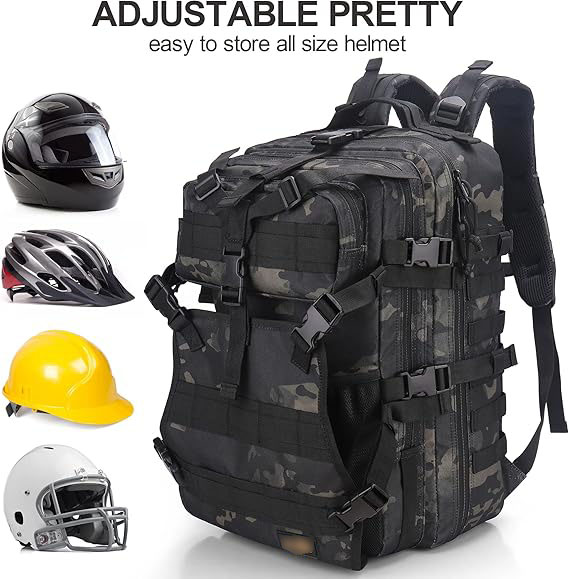
Producing a Motorcycle Helmet Backpack is a multifaceted endeavor that requires attention to detail, creativity, and a deep understanding of the rider's needs. By focusing on these key details, manufacturers can create backpacks that not only protect the rider's helmet but also enhance their overall riding experience.
Harmony Bags has been engaged in bag manufacturing for 20 years. We are a professional company in producing various kinds of bags,such as cosmetic & toiletry bags, backpacks, travel bags, waterproof bags and waist bags. Our monthly production capacity is 500,000 bags. We can guarantee reliable quality, on-time delivery and good service.
